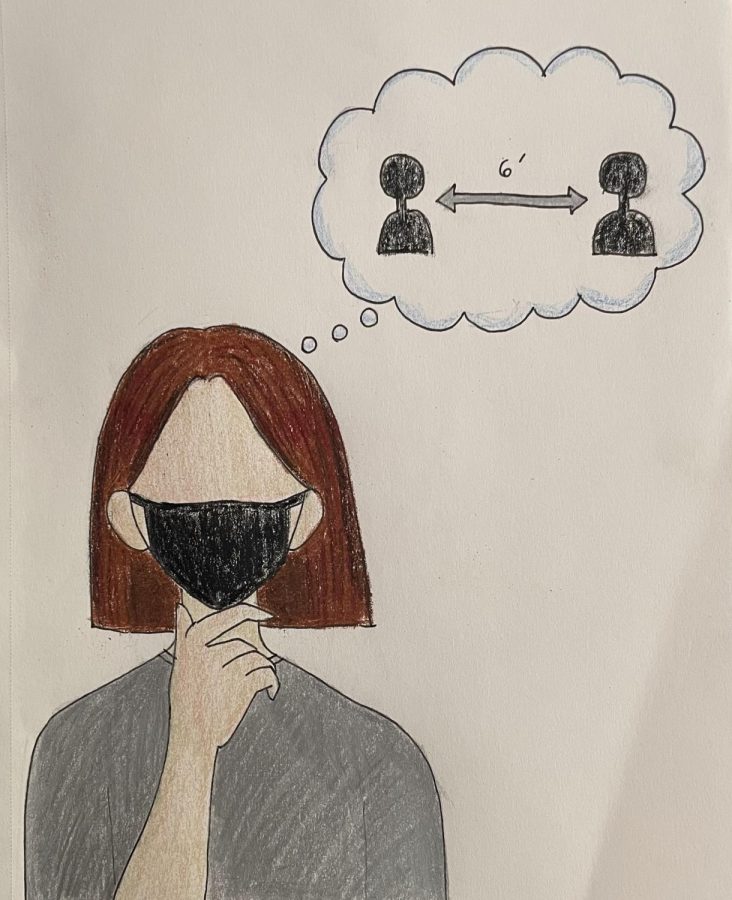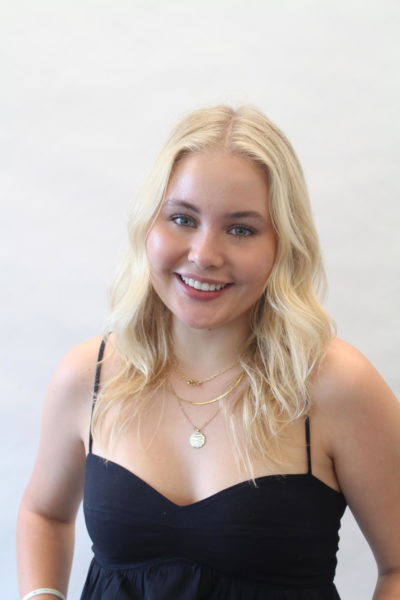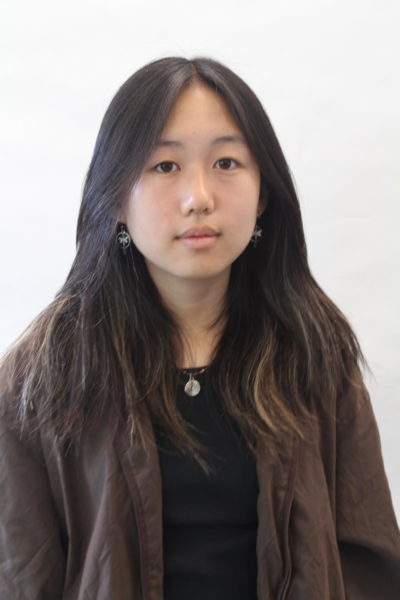Teachers Express Expectations and Experiences Around Students Socializing
Returning to in-person learning has both students and teachers on campus, increasing the chance of spreading COVID-19. While Menlo has taken cautionary measures in order to keep the community safe, there is still the possibility of the virus being carried onto campus. For this reason, teachers express their hope that not only the students but also the Menlo community as a whole will continue following CDC and county guidelines while socializing. Staff illustration: Andrea Li.
April 9, 2021
With students returning to campus, a handful of Menlo teachers reflected on members of the community socializing both on and off of campus. Fortunately, Menlo’s hybrid learning model allowed teachers to once again witness live connections between students and faculty. Teachers empathize with students’ social struggles during the COVID-19 pandemic but also want them to be safe.
San Mateo County prohibits gatherings including more than three households. It is preferable that all gatherings be held outdoors, but it is only required while the county is in the purple tier, according to the California Department of Public Health.
Social bubbles are groups of no more than 12 people and should be mutually exclusive, according to San Mateo County. According to Assistant Librarian Tracey Bobrowicz, it is difficult to know whether or not a social bubble is secure. A person could be socializing with three people who socialize with another few as well and so on, Bobrowicz pointed out.
Biology teacher Tanya Buxton believes that if most people in your party are vaccinated, it is safe to eat outdoors at restaurants or a friend’s home as long as you are keeping your distance from those who you are dining with. While it is possible for the COVID-19 virus to spread through surfaces, it is most commonly spread through close person to person contact, according to the Centers for Disease Control and Prevention. “I think if you’re unmasking and eating like we are doing at Menlo while keeping those distances, I think it is fine,” Buxton says.
Philosophy teacher Jack Bowen described a tacit agreement that everyone is following county guidelines and social distancing so that Menlo can continue in-person learning, arts and athletics while keeping everyone safe. Bowen feels strongly that this extends beyond just the student body. Just as it would be irresponsible for a student to attend a large gathering without masks then enter a teacher’s classroom, it would be irresponsible for a teacher to go to a large cocktail party without masks then come into a classroom of students who travel between school and home where they live with numerous other people, according to Bowen.
Teachers are not only trusting that their students are being responsible, but they must also rely on their fellow faculty members and parents in the community as well. “Never more than in this most challenging year have we been called to honor the partnership between our families and the school, having shared values and a shared vision of what’s the right thing to do to ensure the safety of our community,” Associate Admissions Director Cindy Lapolla said.
Menlo is a school whose ethos is based more on trust and responsibility rather than rules, according to Lapolla. “My message has been ‘I trust you. I know you care about the school. Please make good decisions,’” Lapolla said.
“[Menlo’s] ability to return depends on our collective adherence to safety and health protocols,” according to a Jan. 8 email to the Menlo community. In efforts to bring students back to campus, Menlo is doing everything they can to keep students, faculty and family members safe, including weekly PCR COVID-19 testing and contact tracing, according to Menlo School. Teachers said this system has helped members of the community feel safer, but they know there is always the chance that the virus could be carried onto campus by teachers or students. “I’ve been around long enough to know that any system is only as good as its individual parts, and any system is only as good as the commitment to it from the people involved,” Dean of Student Life Programs Eve Kulbieda said.
Not all teachers have returned to campus during hybrid learning, and they have had to Zoom into classes due to medical conditions or feeling uncomfortable being on campus during the pandemic. Art teacher Nina Ollikainen had to stay home until receiving both doses of the COVID-19 vaccine as a health precaution. For teachers who have to stay home, it is nice to see people who wear masks and practice social distancing whether it be on an outdoor hike or on Menlo’s campus, according to Ollikainen.
When members of the Menlo community, students specifically, do not practice proper COVID-19 protocols, it leaves Ollikainen with many questions. She wonders if they think about those who could get severely ill and die from the virus if infected or if they get too caught up in the moment. “[Student behavior] is something that is really hard to change other than constant direct reminders to follow Menlo’s pandemic guidelines,” Ollikainen said in an email to The Coat of Arms. “Providing education about the spread and containment of the virus is great but often forgotten in social settings.”
Being an adolescent is about beginning to break away from your family and build a world for yourself with the people you choose to put in it, according to Kulbieda. “I understand that neurological and biological desire and the need for that sense of belonging the adolescent brain really needs to feel,” Kulbieda said. “I understand that there’s a huge temptation for that feeling, but I do hope people are following county guidelines.” For Kulbieda, it is important for the community to stay safe so that Menlo can soon return to traditional in-person events. “When we can, we will,” Kulbieda said.
Being back on campus has allowed more interaction between students and faculty. “When I come to campus and I see how joyful students are to be with their friends and to be around each other it makes me really happy and makes me realize this is why I’m a teacher,” computer science teacher Douglas Kiang said.




